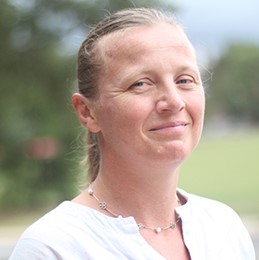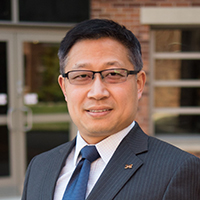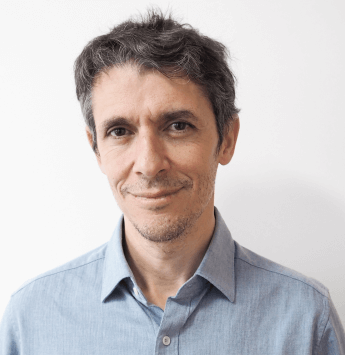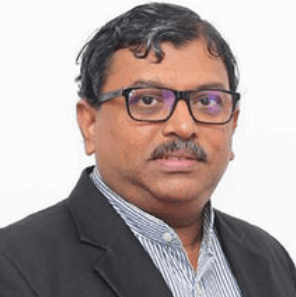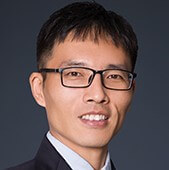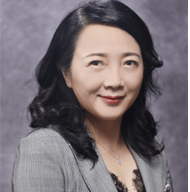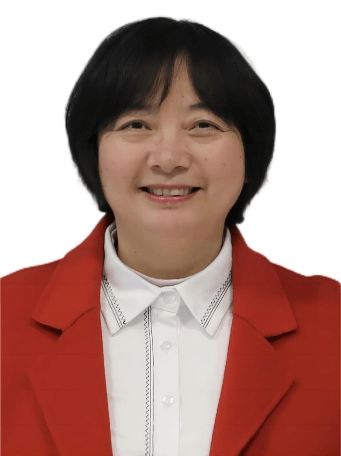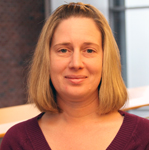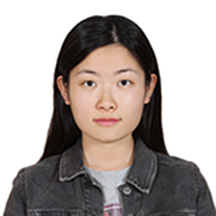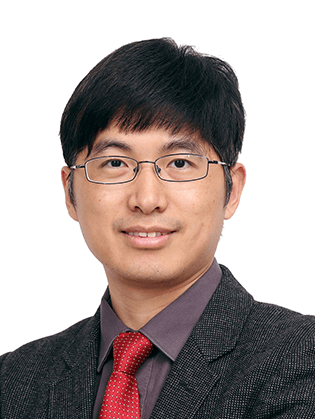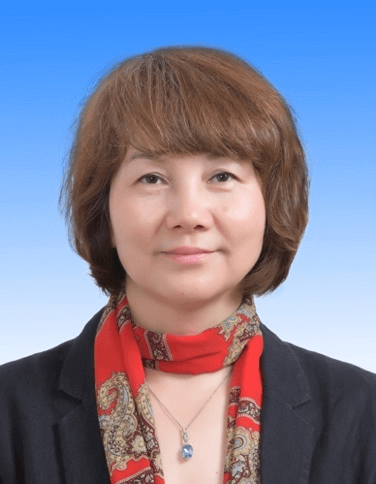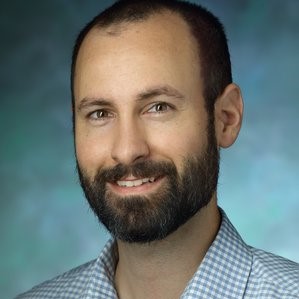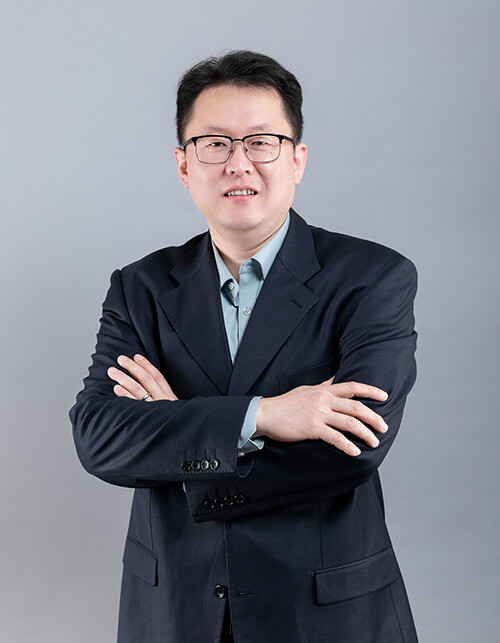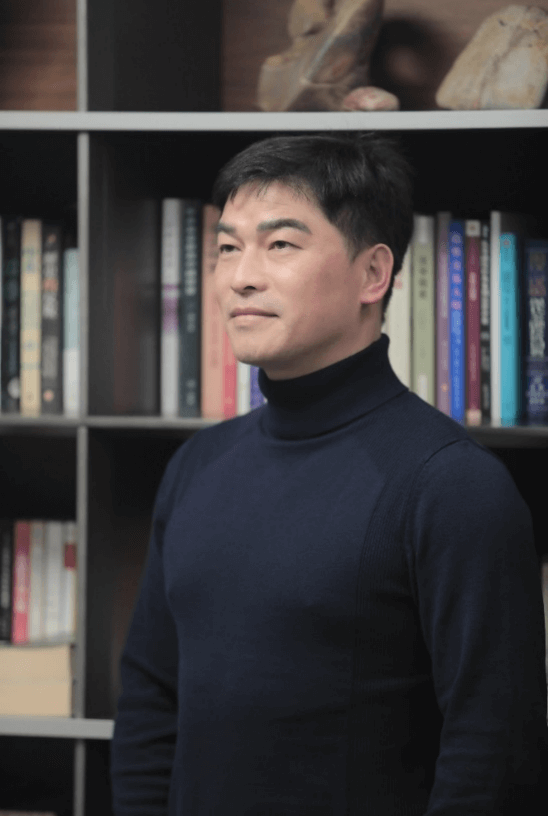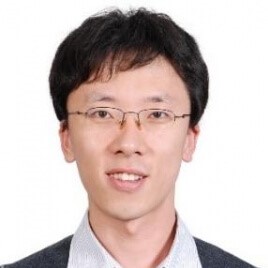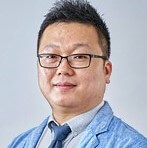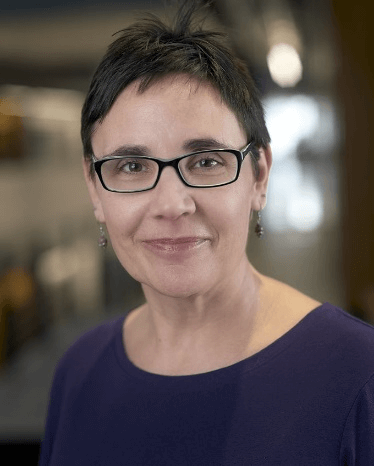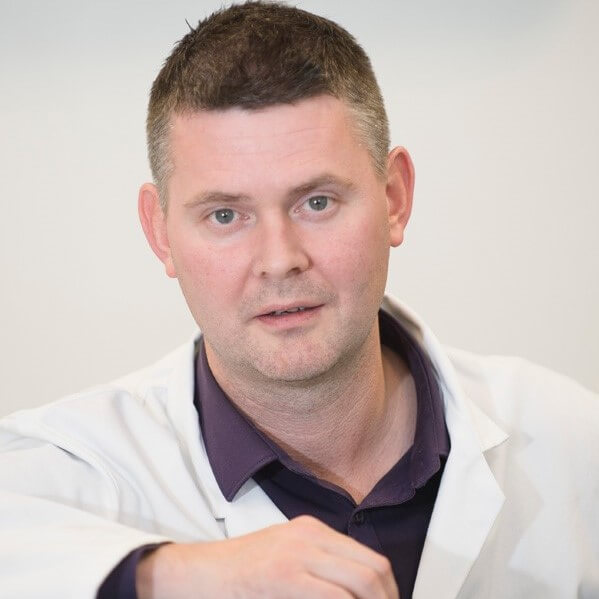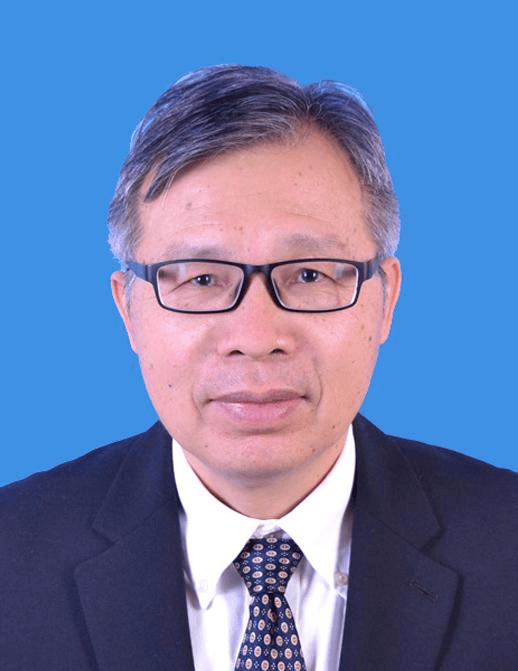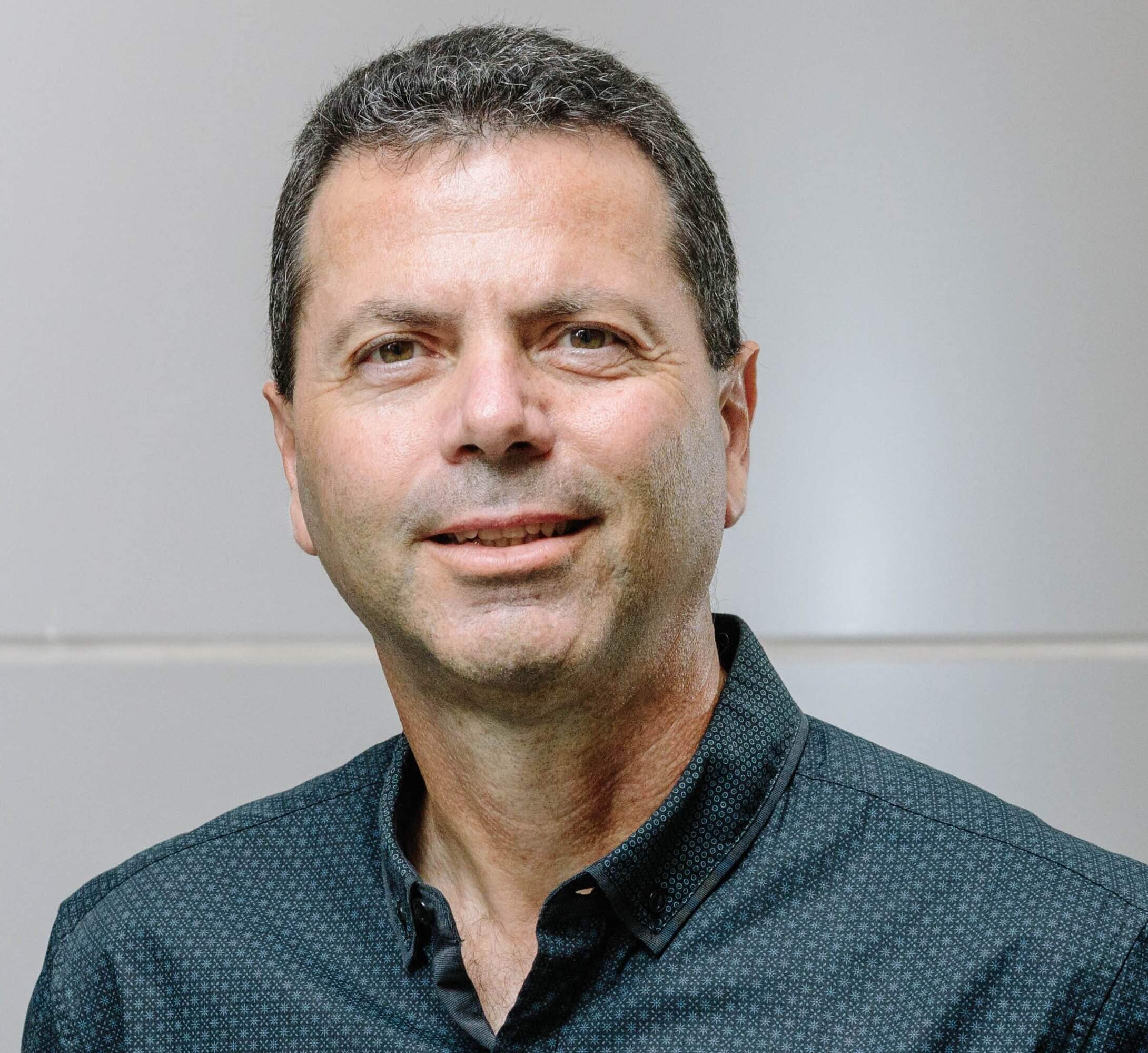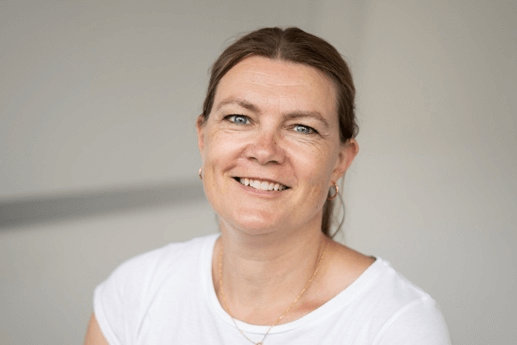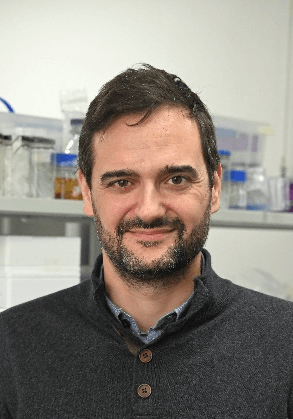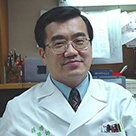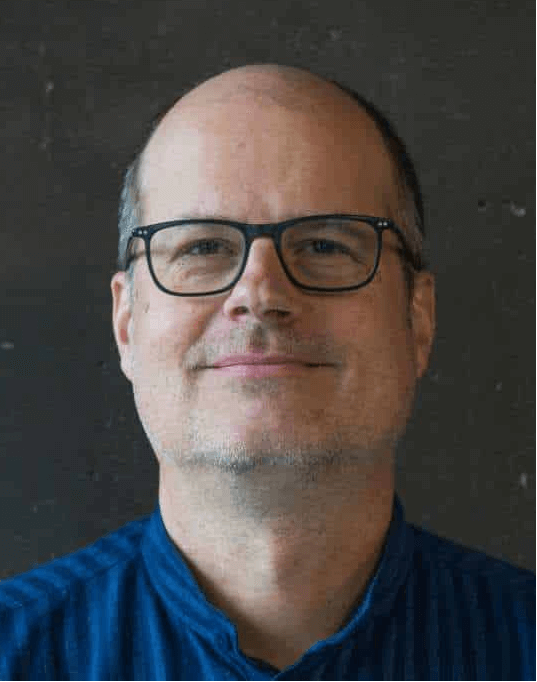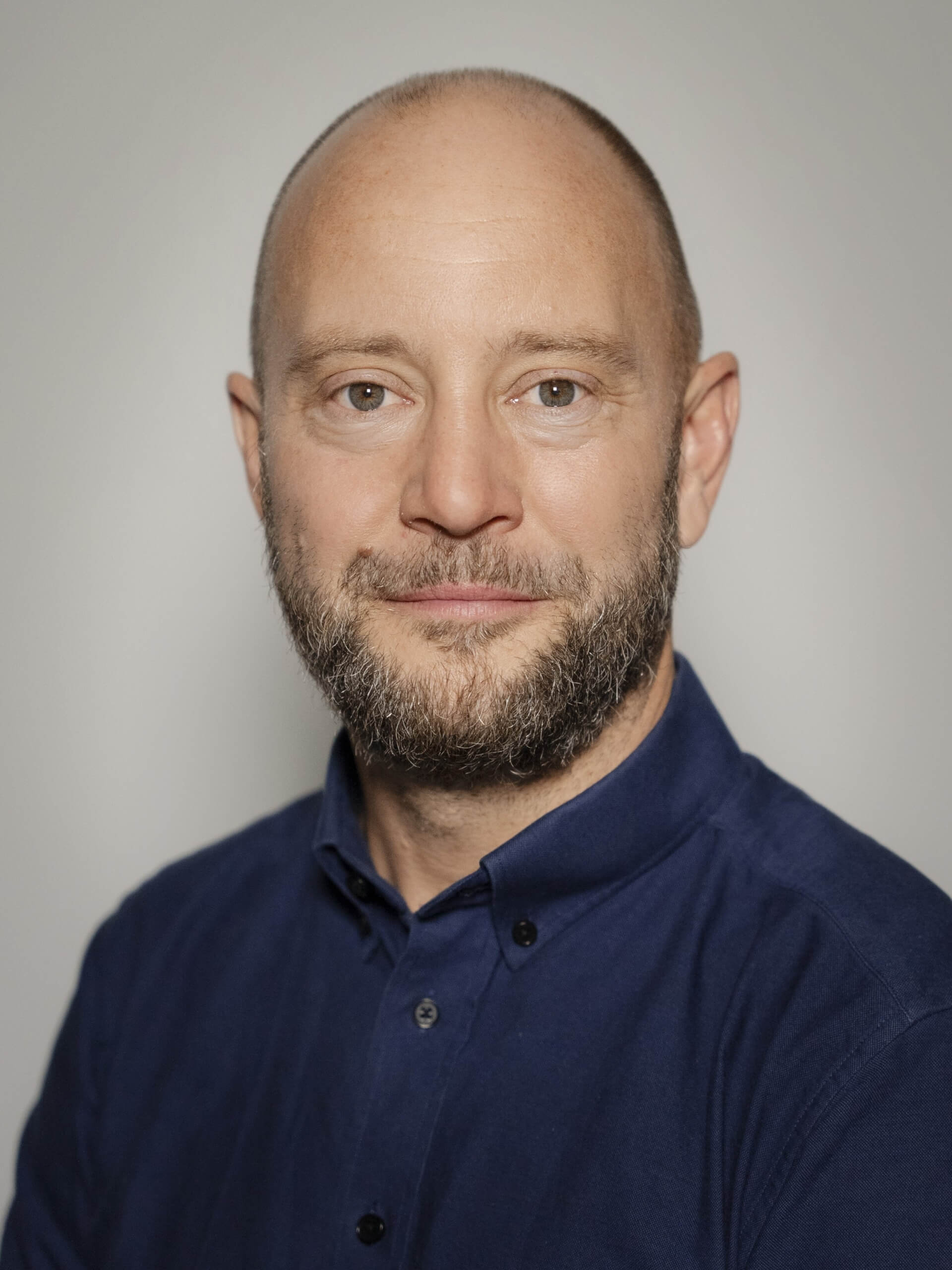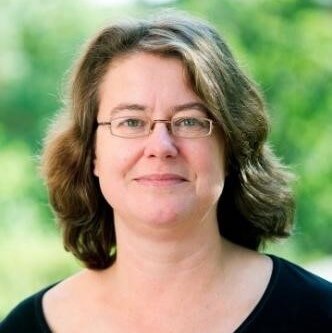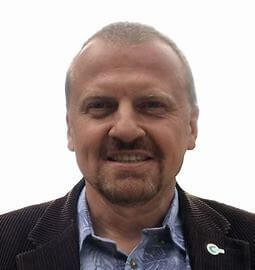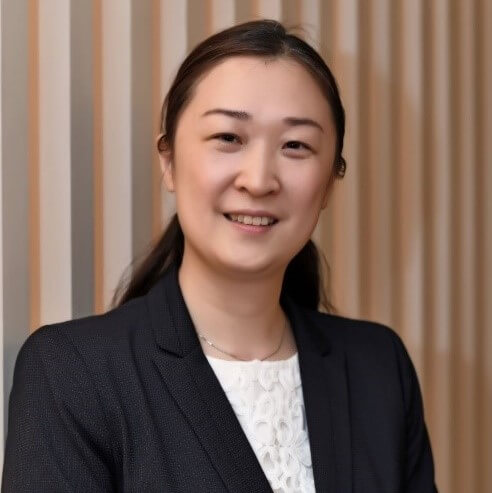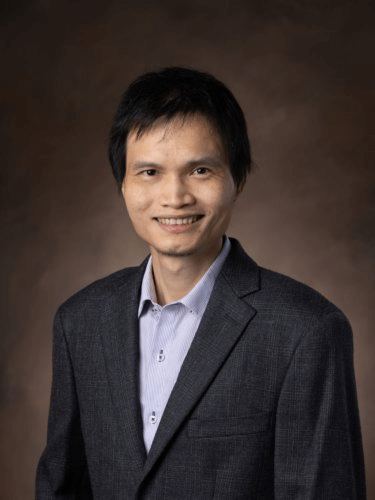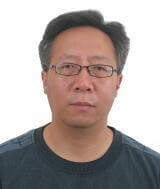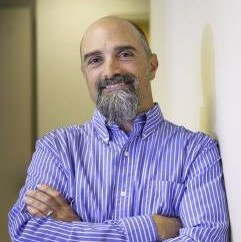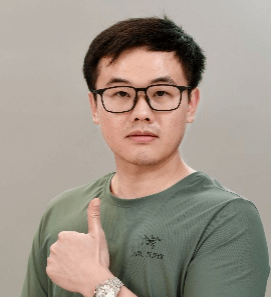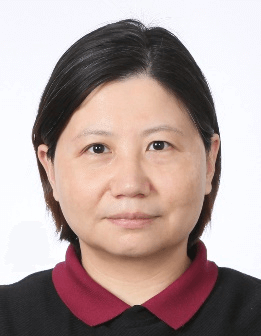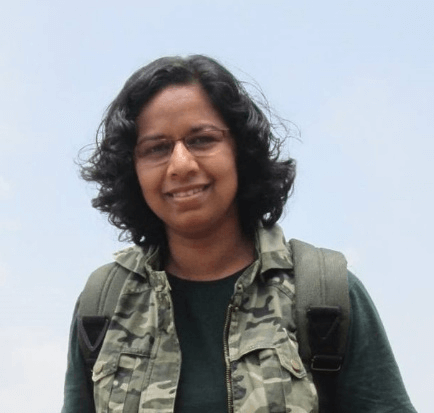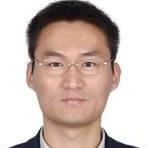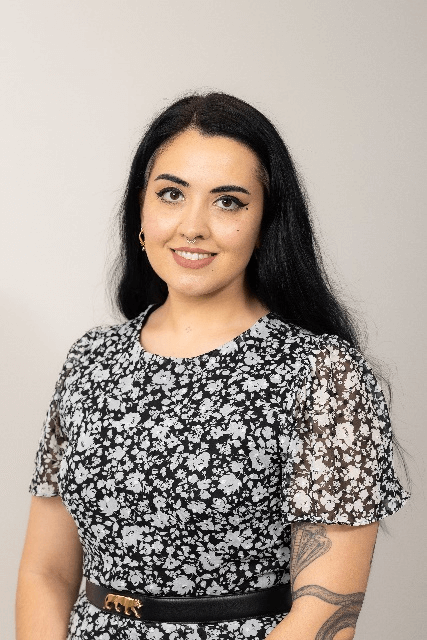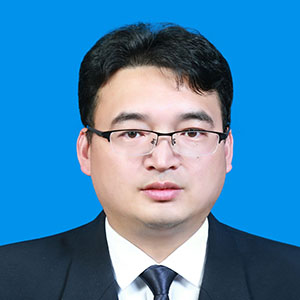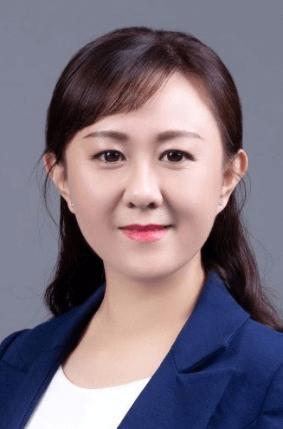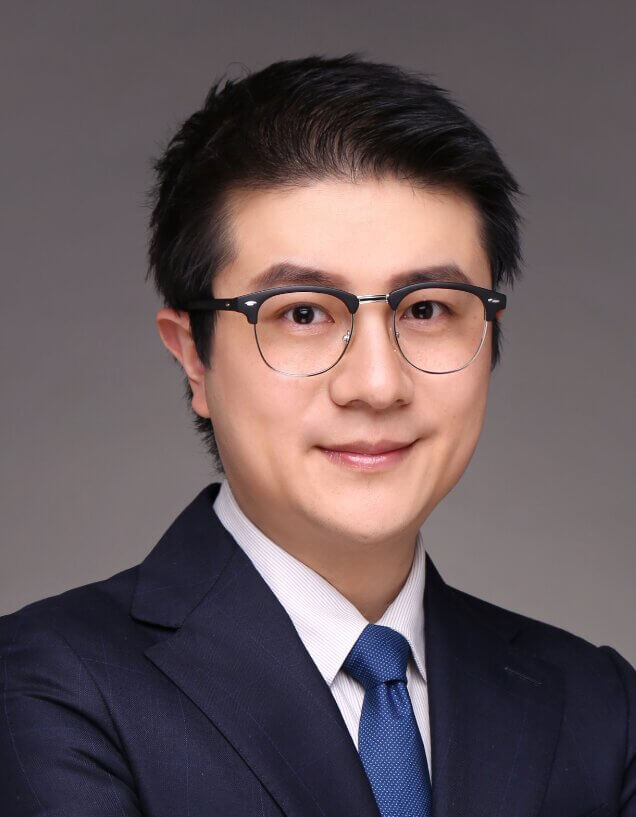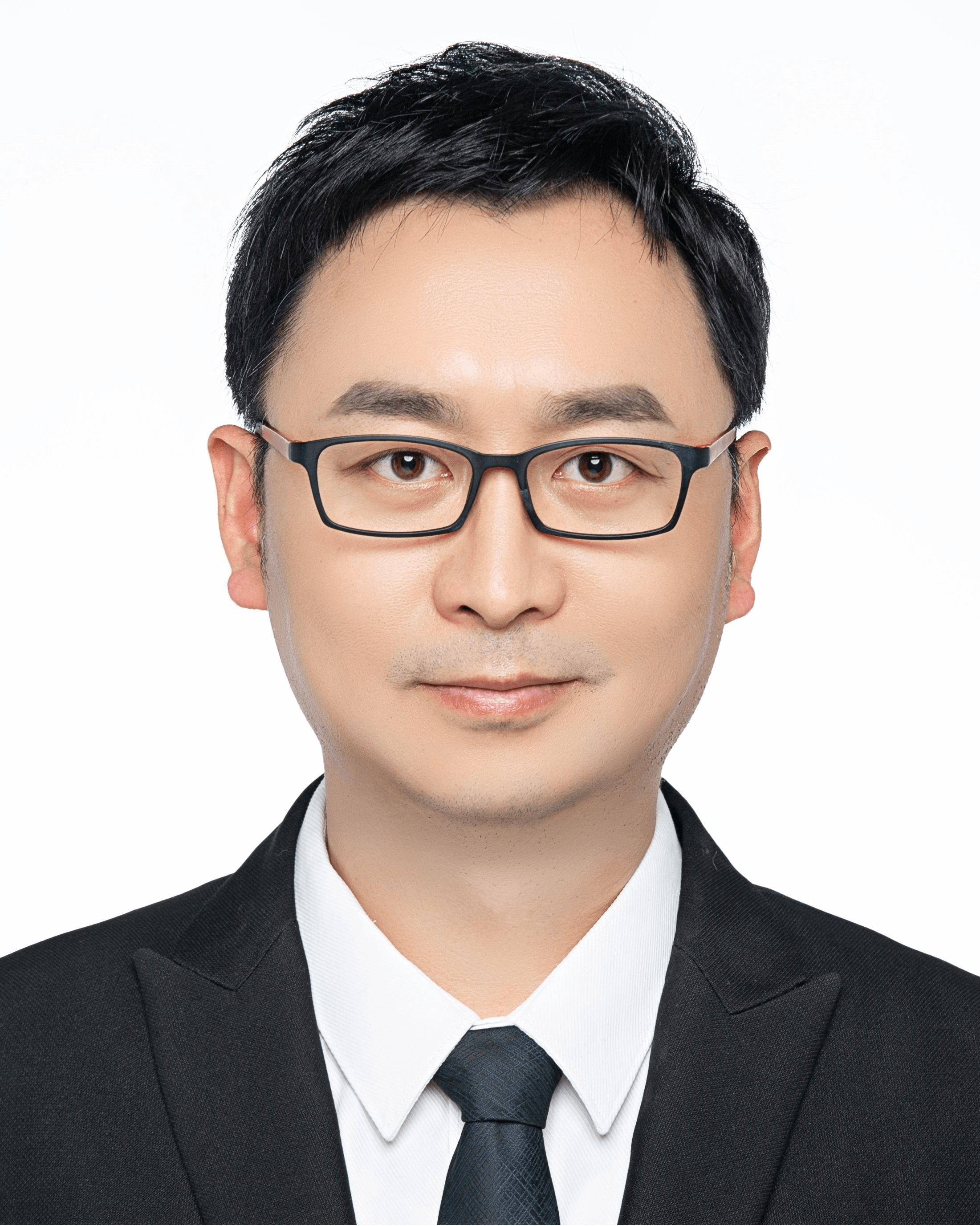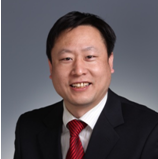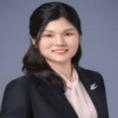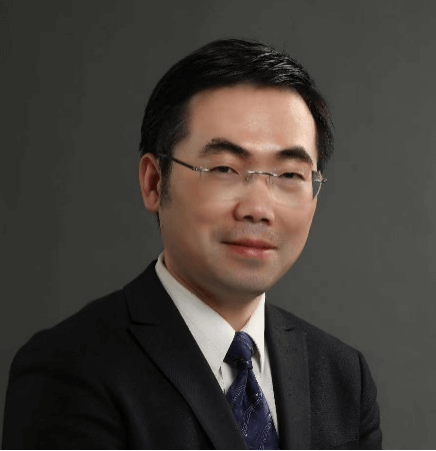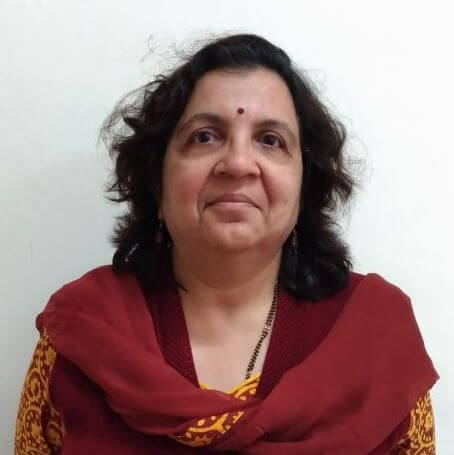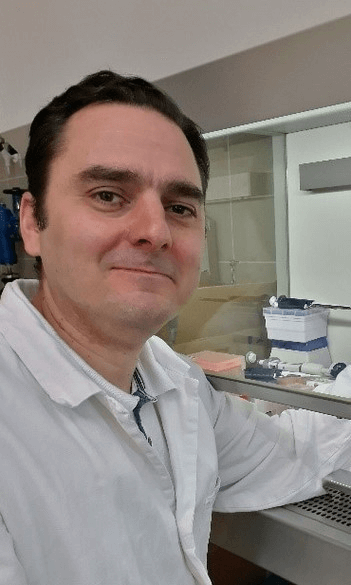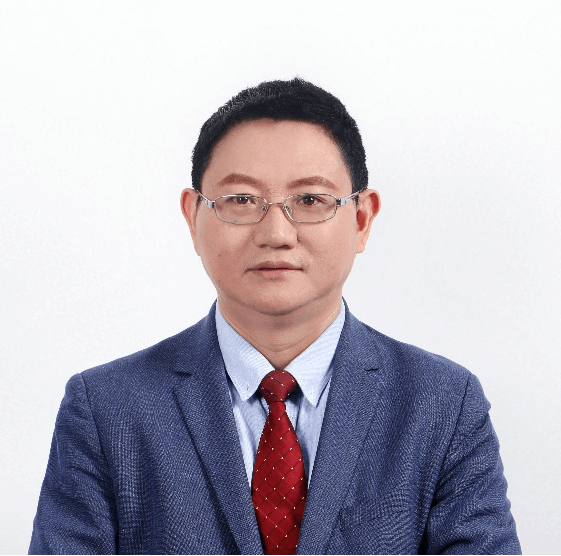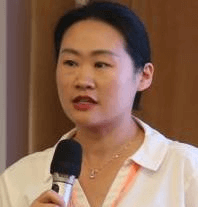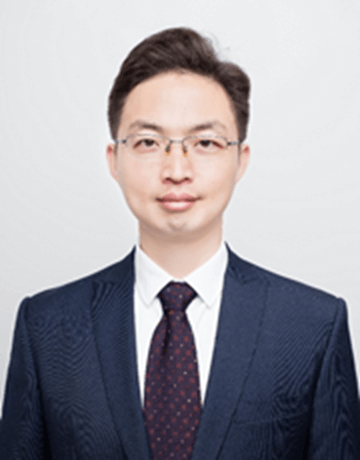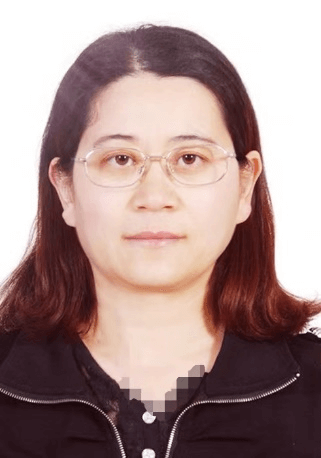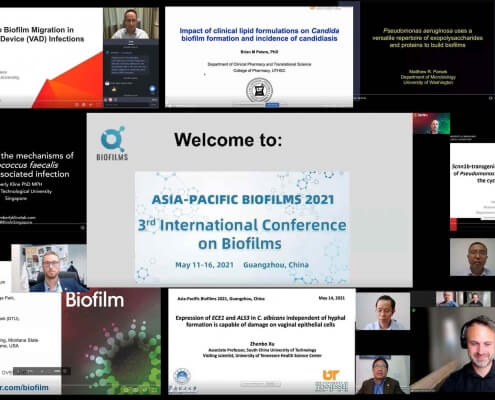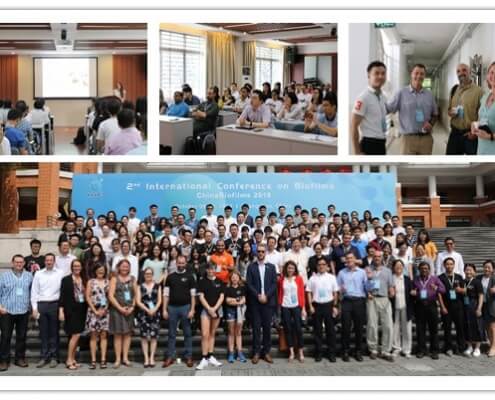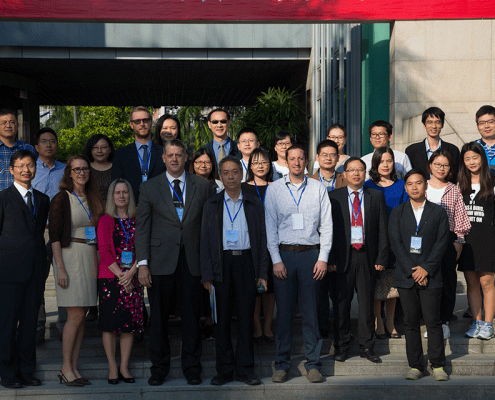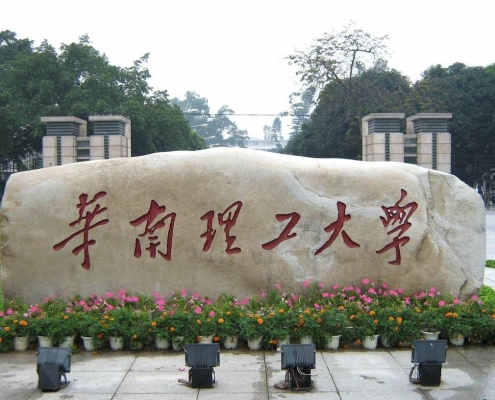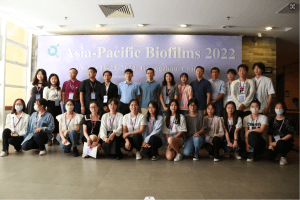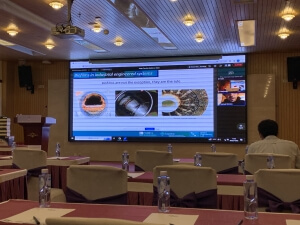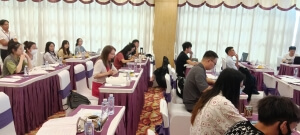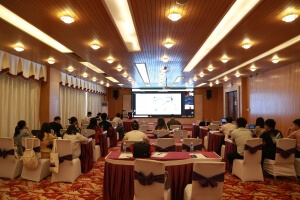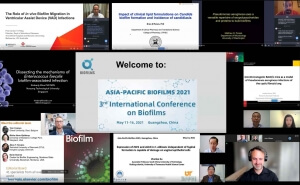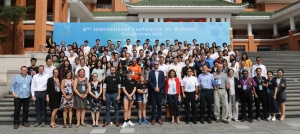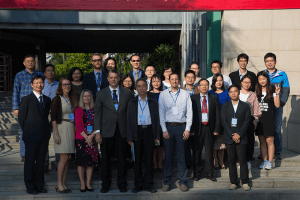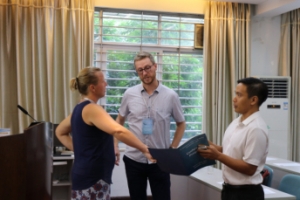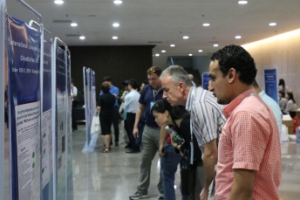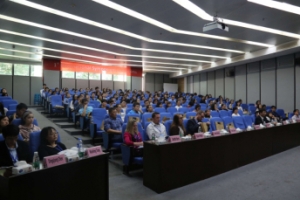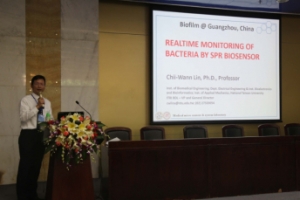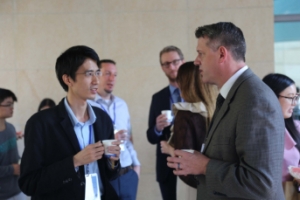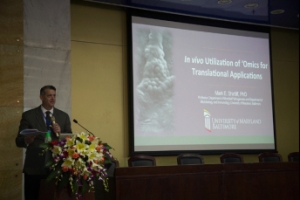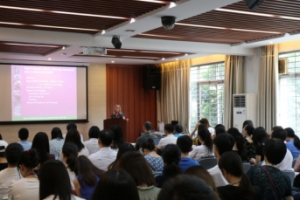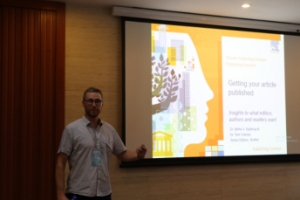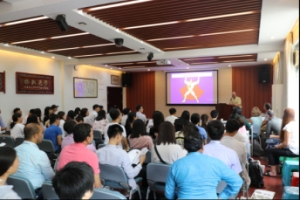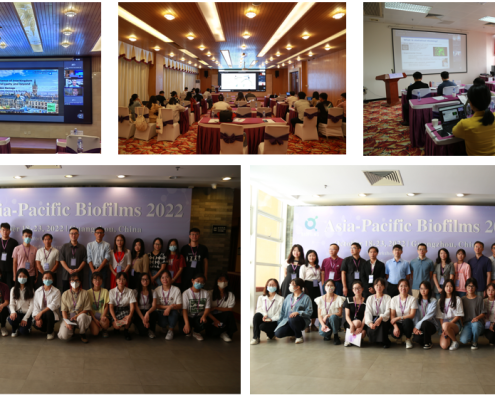 https://www.asiapacificbiofilms.org/2024/wp-content/uploads/2024/04/591ad91f27e6861fe573887dda00571.png
562
985
boge
https://www.asiapacificbiofilms.org/2024/wp-content/uploads/2021/03/logo1-4.png
boge2024-04-12 13:18:522024-04-16 09:31:304th International Conference on Biofilms (Asia-Pacific Biofilms 2022) was held in Guangzhou, China!
https://www.asiapacificbiofilms.org/2024/wp-content/uploads/2024/04/591ad91f27e6861fe573887dda00571.png
562
985
boge
https://www.asiapacificbiofilms.org/2024/wp-content/uploads/2021/03/logo1-4.png
boge2024-04-12 13:18:522024-04-16 09:31:304th International Conference on Biofilms (Asia-Pacific Biofilms 2022) was held in Guangzhou, China!ORGANIZATION
Organizers
South China University of Technology 
South China University of Technology (SCUT) is a leading educational institution in China, a public research-intensive university that is directly governed by the Chinese Ministry of Education. Located in the city of Guangzhou, a thriving metropolis in South China, it today covers a total area of 405 hectares, consisting of three campuses: the Wushan Campus, the University Town Campus, and the Guangzhou International Campus. The university was formerly known as the South China Institute of Technology, which was first founded in 1952 by merging the engineering schools and departments of a number of major universities and polytechnic universities from five provinces in central and Southern China. After over 60 years of development, SCUT has become a multi-disciplinary university, merging science, engineering, business management, arts and social science, medicine and other disciplines into one integration. Since its founding, it has educated over 380,000 graduates at all levels. In 2016, SCUT was ranked the world’s top 300 universities by the Academic Ranking of World Universities, with its engineering placed at the 22nd place. According to Thomson Reuters’ Essential Science Indicators, SCUT has chemistry, materials science, engineering, agricultural science, physics, biology and biochemistry, computer science, and environment and ecology ranked in the global top 1%. SCUT has established connections and partnerships with over 50 overseas universities to promote student training and scientific research. Considering the importance of people as the fundamental element of education, the university always sees “the academy as the foundation, talented ones as the strength, open minds as the vitality, and the culture of the university as the energy to thrive and last”. All these efforts are building SCUT as a top-ranking university in the country and a renowned world-class institution.
The School of Food Science and Engineering (SFSE)was established newly in November 2015 through the reorganization of the School of Light Industry and Food Science, however, its history can be dated back to 1952, the beginning of the University. The first degree program of the School, Sugar and Food Engineering, was started to run at that time. Currently, the school has two undergraduate programs as well as Food Science and Engineering, and Food Quality and Safety, and two postdoctoral programs, Food Science and Engineering and Light Industrial Technology and Engineering. A national evaluation of key discipline carried out in 2012 showed that the Food Science and Engineering in the School were ranking No.3 among Chinese universities.
The school of Food Science and Engineering is one of the most important units in the University featuring high level innovative scientific research. The School has a national engineering research center (Wheat and Corn Processing Lab), a national innovation and technology platform (Starch and Plant Proteins Research Center) and several provincial/ministry scientific research institutes, such as Guangdong Key Laboratory for Green Processing and Safety of Natural Registrations, Guangdong Technical Center for Food Processing and Nutrition, Guangdong Lipid Science and Applied Technology Center, Guangdong International Collaborate Center for Sugar Green Processing, etc.
The School takes the student education as the primary task and provides perfect environment for personal development of every student. Now, in total of 1234 students, including 521 undergraduates and 713 graduates are studying in the school. The School has extensive communication and cooperation with many top-level oversea universities and research institutes such as Cornel University, Queensland University, Rutgers University and Kyoto University. Nearly one hundred scientists, faculties and students were actively involved in the international communication and cooperation through lecture, seminar, conference, or being visiting scholars and exchange students.
Southern University of Science and Technology 
Southern University of Science and Technology (SUSTech) is a research-oriented public university founded in Shenzhen, China’s innovation center.
From their inception, SUSTech has attached enormous importance to attracting high-quality talents to its faculty. Through our continuing efforts to introduce world-class educators, SUSTech is proud to have over 800 faculty members on staff, and they continue to expand its faculty with amazing talent from all over the world. Many of their faculty have been honored with selection into national or regional talent programs, and SUSTech is keen to nurture and cultivate its talented staff.
SUSTech is proud of its unique dual-advisor system, which ensures that our students have every aspect of their lives are cultivated to maximize their university experiences. They believe that it is important that students are able to develop their personalities and be nurtured as potential future leaders with a global outlook.
SUSTech has learned from world-class research institutions spanning the globe and has planned its academic disciplines based on the major needs and strategic industries emerging around the Pearl River Delta region. With a major focus on science and engineering, SUSTech still has substantial research focuses in medicine, humanities and social services, to maximize the potential for new ideas across disciplines for new knowledge, new technologies and social development.
As SUSTech adapts and embraces the new challenges, the university continues to expand its academic opportunities for future leaders. With a strong emphasis on research, the growth in research centers and key laboratories will provide opportunities for interdisciplinary research.
The SUSTech campus sits in the rolling hills of Nanshan District in the bustling city of Shenzhen, with the verdant green lawns reflecting the environmentally friendly policies of the university. The natural and tranquil environment combines perfectly with the modern style of Shenzhen and its convenient location. With the campus covering an area of nearly 2 square kilometers, there is plenty of room for students to cogitate and consider their research or relax and enjoy their lives on campus. With students transiting the campus on foot, by bike or utilizing our convenient electric shuttle buses, our commitment to environmental sustainability is strong. By placing ourselves among glorious greenery, we can partake in and protect the gorgeous flora and fauna that naturally occurs in Guangdong Province.
Singapore Centre for Environmental Life Sciences Engineering
The Singapore Centre for Engineering Environmental Life Sciences (SCELSE) is an interdisciplinary research centre focusing on microbial biofilm communities and the microbiome. Its mission is to discover, control, and guide the behavior of these microbial communities for application to environmental sustainability, public health, and engineering. Hosted by Nanyang Technological University (NTU) in collaboration with the National University of Singapore (NUS), SCELSE has state-of-the-art research facilities that can be used for advanced imaging, high-throughput sequencing and bioreactor experiments.
Supporting parties
Chinese Society for Microbiology
The Chinese Society for Microbiology (CSM), founded in 1952, is a national non-profit, legal academic organization of the Chinese scientists specializing in microbiology. Since 1980, CSM has become a member of International Union of Microbiological Societies (IUMS). CSM currently consists of 6 working committees and 22 professional committees and more than 20,000 members in China. CSM is affiliated to China Association of Science and Technology (CAST), and also accepts administrative supervision from Ministry of Civil Affairs. The highest authority of CSM is the Representative Congress, which is usually held in every five years. The Representative Congress is authorized to select the Council, that elects the President, Vice Presidents, Secretary General and General Council of CSM. The current Council of CSM is the twelfth,which was elected in October 2021, with Xu Jianguo as the President and Xiang Hua as the Secretary General. The Council consists of 154 members, in which 42 are executive directors.
ESCMID Study Group for Biofilms
ESCMID Study Group for Biofilms (ESGB). Biofilms are communities of microorganisms that are attached to each other and/or a biotic or abiotic surface, are embedded in a self-produced extracellular matrix, and show markedly reduced susceptibility to antimicrobial agents. It is estimated that the majority of chronic infections and most device-related infections are biofilm-associated. However, biofilm infections are difficult to diagnose and extremely difficult to treat.
The objective of ESGB is to increase knowledge on various aspects of microbial biofilms with as ultimate goals improved diagnostic tools for biofilm infections, and better approaches to prevent and treat such infections. In order to obtain these goals, a multidisciplinary approach is necessary and one of the objectives of the ESGB to facilitate cooperation between scientist working on biofilms in different disciplines.
Australian Society for Microbiology
The Australian Society for Microbiology (ASM) is a not-for-profit organisation, formed in 1959 as a learned society devoted to furthering the science of microbiology. In 1976, the ASM became an incorporated professional society, and has a membership approaching 2000. The society functions in “bringing microbiologists together” with the objective of advancing the science of microbiology in Australia.
Mark Shirtliff Biofilm Foundation
The Mark Shirtliff Biofilm foundation strives to expand the boundaries of knowledge of biofilms through a world-wide exchange of ideas and research.
With a focus on Early Career Researchers, its goal is to support students, educators, and researchers in furthering not only scientific discover, but inclusive scientific community. The work as a foundation supports the following:
- Support for Early Career Researchers via mentoring and education
- Engaging in community and scientific activities for the advancement ofknowledge in the field of biofilms
- Raising funds foreducation and travel for activities including research visits and conference presentations
Center for Biofilm Engineering![]()
The Center for Biofilm Engineering (CBE) at Montana State University focuses on biofilm-related research with significant industrial, environmental, and health applications. Their research spans various scales, from molecular to field-level studies, and involves collaborations across different disciplines. CBE research addresses challenges in biofilm control, environmental technologies, health, and industrial systems. Some of their applied research areas include antimicrobial efficacy, bioremediation, chronic wound healing, and water treatment systems. CBE also develops standardized methods for biofilm study and regulation, benefiting industries like healthcare and water management.
Costerton Biofilm Center
The Costerton Biofilm Center is a unique interdisciplinary research center established to explore the field of chronic infections caused by bacteria.
The Center provides a forum for scientists and clinicians and encourages research into the microbial aetiology of biofilms. By integrating translational and clinically relevant research, the Center takes lead in improved prevention and development of new treatments of diseases caused by biofilms. The research aims at explaining the riddle as to why biofilm-bacteria gain the upper hand in the fight against our immune system, and hopefully lead to new and innovative strategies for early diagnosis, treatment and prevention of chronic diseases for the benefit of public health.
Overseas Chinese Society for Microbiology 
Overseas Chinese Society for Microbiology (Sino-Micro) is a registered non-for-profit organization formed by overseas Chinese researchers who study microbiology. Our goal is to establish a social network that will facilitate the advancement of our research programs and the development of our careers. In addition, we wish to work as a group to create a platform for enhancing scientific interactions with our colleagues in China. Current Sino-Micro members are primarily principal investigators in the USA. However, our organization is open to all overseas Chinese microbiologists.
ELSEVIER Biofilm
Biofilm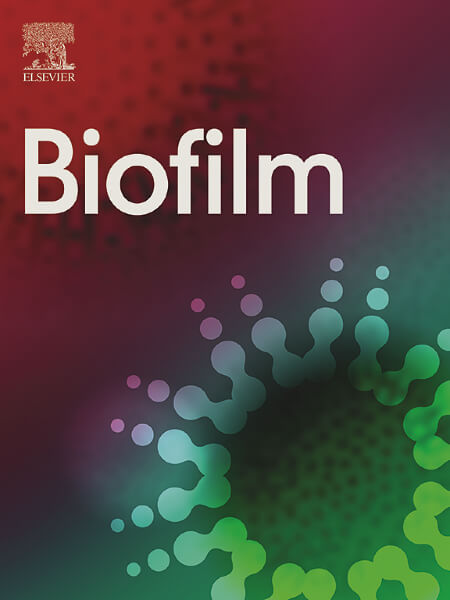
Elsevier as a global leader in information and analytics, Elsevier helps researchers and healthcare professionals advance science and improve health outcomes for the benefit of society. We do this by facilitating insights and critical decision-making for customers across the global research and health ecosystems. In everything we publish, we uphold the highest standards of quality and integrity at scale to ensure value to our customers. We bring that same rigor to our analytical solutions for researchers, health professionals, institutions and funders.
Biofilm is a multidisciplinary, gold open access journal focused on hypothesis- or discovery-driven studies on microbial biofilms (i.e. multicellular communities, including surface-attached biofilms and suspended aggregates). The journal will cover biofilms in all (micro)environments, including clinical and industrial settings and the natural environment. We accept articles that describe the basic biology of single or mixed-species biofilms (irrespective of the organism), manuscripts dealing with applied/translational aspects of biofilms, as well as manuscripts describing innovative biofilm methods. Biofilm aims to bring together different disciplines to significantly advance the knowledge of microbial communities, and encourages exploring the interfaces between these disciplines.
Biofilm Engineering Lab
Biofilm Engineering Lab (BEL) is mainly focused on biofilms science and engineering, combining a diversified and unique expertise in microbial processe Swith cellular and molecular interface approaches.
National Biofilms Innovation Centre
National Biofilms Innovation Centre(NBIC) is an Innovation Knowledge Centre (IKC) funded by BBSRC and Innovate UK. NBIC mission driving global leadership at the forefront of research, training and innovation in biofilm technologies, by addressing the grand challenges important to the UK’s future prosperity.
American Society for Microbiology 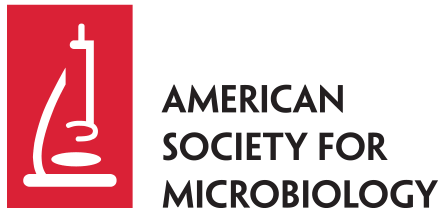
American Society for Microbiology (ASM) is a professional life science organization composed of more than 32,000 scientists, educators and health professionals who are dedicated to promoting and advancing microbial sciences around the world. ASM know that microbiology has the power to impact lives, and ASM is uniquely positioned to bring together key stakeholders to institute life-saving programs, advocate for science funding, encourage the next generation of microbiologists and contribute to the resolution of the most pressing global health challenges. ASM strive to make the microbial sciences the most diverse field in STEM and to be a homebase where microbiologists from every part of their world can come together, connect, learn and recharge for the future.
Global Chinese Association of Clinical Microbiology and Infectious Diseases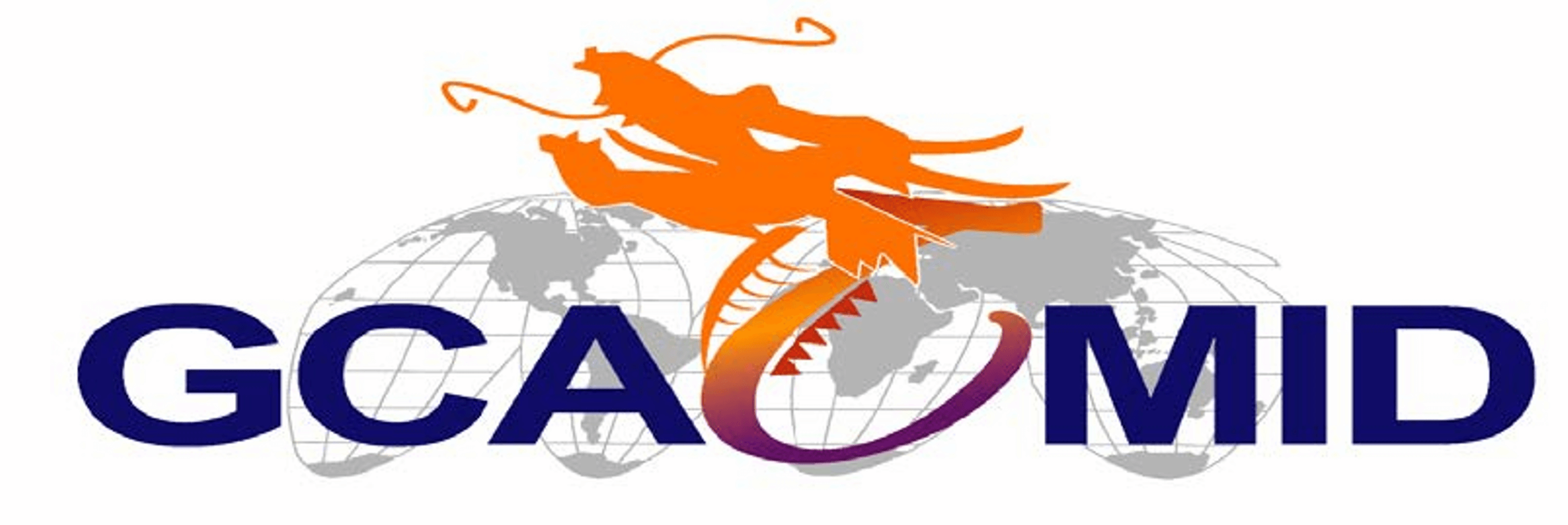
Committee
Founder and Honorable President
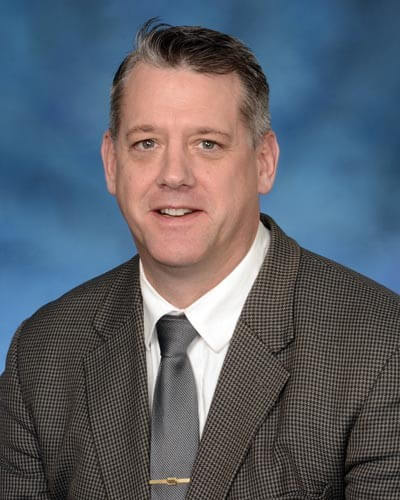
Dr. Mark Shirtliff (1969–2018)
Dr. Shirtliff has specialized in both in vitro and in vivo systems for the study of biofilms as a microbiologist for over 25 years. As an indication of his expertise on the subjects of biofilm-forming microbes and their relation to infectious disease and pathogenesis, he has presented his scientific findings on the subject at 110 meetings and symposia and have orally presented at over 100 national and international meetings/seminars. He has also authored over 120 peer-reviewed scientific papers and book chapters on pathogenic microbes, both their biofilm mode of growth and the chronic diseases that they cause. Dr. Shirtliff has a strong background in organizing highly skilled colleagues in multidisciplinary research. He also has a strong working knowledge of budget development and have obtained over $8 million from state, national (NIH and DOD), and international funding agencies in the past 10 years. He has served on 35 graduate committees and was the primary advisor on 11 graduate students committees (8 PhD, 3 Masters).
Organizing Committee Members
Birthe Kjellerup
University of Maryland
Chuanwu Xi
Eastern Institute of Technology
Enrico Marsili
University of Nottingham
Gamini Seneviratne
National Institute of Fundamental Studies
Guanglei Qiu
South China University of Technology
Haiyan Hu
Sun Yat-Sen University
Honghua Hu
Jinhua Institute of Zhejiang University
Janette Harro
University of Maryland
Junyan Liu
Zhongkai University of Agriculture and Engineering
Katharina Richter
The University of Adelaide
Kendra Rumbaugh
Texas Tech University
Liang Yang
Southern University of Science and Technology
Luyan Ma
Institute of Microbiology, Chinese Academy of Sciences
Matthew Parsek
University of Washington
Nathan Archer
Johns Hopkins University
Wei Hu
Shandong University
Yue Qu
Monash University
Yulong Tan
Qingdao Agricultural University
Zhenbo Xu
South China University of Technology
SPEAKERS
Keynote Speakers
Anton Peleg
Monash University
Bin Cao
Nanyang Technological University
Boo Shan Tseng
University of Nevada
Chuanwu Xi
Eastern Institute of Technology
Claus Moser
University of Copenhagen
Courtney Reichhardt
Washington University in St Louis
Darla Goeres
Montana State University
Di Wu
Ghent Univeristy
Enrico Marsili
University of Nottingham
Fangang Meng
Sun Yat-Sen University
Gamini Seneviratne
National Institute of Fundamental Studies
Garth Ehrlich
Drexel University
Gordon Ramage
Glasgow Caledonian University
Herbert Schellhorn
McMaster University
Jinping Cheng
The Education University of Hong Kong
Jintao Liu
Tsinghua University
Kimberly Kline
University of Geneva
Lianhui Zhang
South China Agricultural University
Luyan Ma
Institute of Microbiology, Chinese Academy of Sciences
Manuel Simões
University of Porto
Mark Schembri
University of Queensland
Matthew Parsek
University of Washington
Mette Burmølle
University of Copenhagen
Nuno Azevedo
University of Porto
Olivier Habimana
Guangdong Technion-Israel Institute of Technology
Po-Ren Hsueh
National Taiwan University Hospital
Rajendar Deora
The Ohio State University
Romain Briandet
University of Paris-Saclay
Ruifu Yang
Beijing Institute of Microbiology and Epidemiology
Song Lin Chua
Hong Kong Polytechnic University
Stefan Wuertz
Nanyang Technological University
Tao Dong
Southern University of Science and Technology
Thomas Bjarnsholt
University of Copenhagen
Tim Tolker-Nielsen
University of Copenhagen
Tom Coenye
Ghent University
Ute Römling
Karolinska Institute
Vesselin Paunov
Nazarbayev University
Xin Deng
City University of Hong Kong
Yan Zhou
Nanyang Technological University (SCELSE)
Yigal Achmon
Guangdong Technion-Israel Institute of Technology
Yilin Wu
Chinese University of Hong Kong
Yinyue Deng
Sun Yat-sen University
Invited speakers
Aiqun Jia
Hainan University
Albert Parker
Montana State University
Almagul Kushugulova
Nazarbayev University
Amila Henagamage
Uva Wellassa University
Beile Gao
Chinese Academy of Sciences
Bin Ji
WuhanUniversity of Science and Technology
Boyang Qin
Shanghai Jiao Tong University
Chaoqin Sun
Affiliated Hospital of Guizhou Medical University
Cheng Li
Massachusetts Institute of Technology
Chunlei Shi
Shanghai Jiaotong University
Danielle Duanis-Assaf
Volcani Center
Darshani Singhalage
Uva Wellassa University
Dilfuza Egamberdieva
Institute of Fundamental and Applied Research National Research University (TIAME)
Efstathios Giaouris
University of the Aegean
Erika Espinosa-Ortiz
Montana State University
Faqian Sun
Zhejiang Normal University
Freya Harrison
The University of Warwick
Gongliang Zhang
Dalian Polytechnic University
Guanglei Qiu
South China University of Technology
Haihua Liang
Southern University of Science and Technology
Haiyan Hu
Sun Yat-Sen University
Haluk Beyenal
Washington State University
Heema Vyas
The University of Sydney
Hideyuki Kanematsu
National Institute of Technology
Honghua Hu
Jinhua Institute of Zhejiang University
Huhu Wang
Nanjing Agricultural University
Iram Liaqat
Government College University
Ishara Manawasinghe
Zhongkai University of Agriculture and Engineering
James Doub
University of Maryland
Janette Harro
University of Maryland
Jialiang Kuang
South China University of Technology
Jianxiong Hao
Hebei University of Science and Technology
Jiaofang Huang
Jiangxi Normal University
Jingyu Chen
China Agricultural University
Jinju (Vicky) Chen
Loughborough University
Judy Yang
University of Minnesota
Jun Yan
Shanghai Ocean University
Junyan Liu
Zhongkai University of Agriculture and Engineering
Katharina Richter
The University of Adelaide
Le Han
Chongqing University
Lei Cheng
Sichuan University
Lei He
Renjin Hospital Affiliated to Shanghai Jiao Tong University School of Medicine
Liang Duan
Chinese Research Academy of Environmental Sciences
Liang Yang
Southern University of Science and Technology
Liang Zhang
Sun Yat-Sen University
Lichuan Gu
Shandong University
Mark Willcox
The University of New South Wales
Michael Radzieta
Western Sydney University
Mingming Guo
Zhejiang University
Nathan Archer
Johns Hopkins University
Oana Ciofu
University of Copenhagen
Peng Cai
Huazhong Agricultural University
Peter Kingshott
Swinburne University of Technology
Qingli Dong
University of Shanghai for Science and Technology
Qingping Zhong
South China Agricultural University
Radha Prasanna
ICAR-Indian Agricultural Research Institute
Rikke Louise Meyer
Aarhus University
Rongrong He
Hainan University
Simon Swift
University of Auckland
Sophie Darch
University of South Florida
Su Ma
Shandong University
Tamas Felfoldi
Institute of Aquatic Ecology, HUN-REN Centre for Ecological Research
Thomas Seviour
Aarhus University
Wajira Balasooriya
Wayamba University of Sri Lanka
Wei Ding
Ocean University of China
Xiangjun Gong
South China University of Technology
Xiaodong Xia
Dalian Polytechnic University
Xiaoqing Xu
Hong Kong University
Xin Wang
Northwest Agriculture and Forestry University
Xing Liu
Fujian Agriculture and Forestry University
Xinjiong Fan
Anhui Medical University
Xinyi Pang
Nanjing University of Finance and Economics
Xiudong Xia
Jiangsu University
Yan Li
China Agricultural University
Yang Wu
Fudan University
Yanping Mao
Shenzhen University
Yanrui Ye
South China University of Technology
Yingfei Ma
Shenzhen Institutes of Advanced Technology
Yingwang Ye
Hefei University of Technology
Yu Ding
Jinan University
Yuanyuan Huang
Columbia University
Yue Ma
University of Shanghai for Science and Technology
Yue Qu
Monash University
Yunxue Guo
South China Sea Institute of Oceanology
Zaixiang Lou
Jiangnan University
Zhijun Song
IRS - Esbjerg and Grindsted Hospital
Zlatko Kopecki
University of South Australia
Zunying Liu
Ocean University of China
PROGRAM
Registration and Meeting platform test
9:00-10:30
Standardization in Biofilm Methods
Key aspects of spatial structure in the understanding of multispecies biofilms: concepts and methods
Nuno Azevedo (University of Porto, Porto)
Assessing the Limit of Detection for Biofilm Methods
Albert Parker (Montana State University, Bozeman)
10:30-10:45
Coffee break
10:45-12:15
Dry surface biofilm study: models and methods
Honghua Hu (Zhejiang University, Jinhua)
Zhenbo Xu (South China University of Technology, Guangzhou)
Junyan Liu (Zhongkai University of Agriculture and Engineering, Guangzhou)
Yu Li (Qiqihar Medical University, Qiqihar)
Liping Guo (South China University of Technology, Guangzhou)
12:15-14:30
Lunch
14:30-16:00
Methods to Study Biofilms
Studying the roles of matrix proteins
Boo Shan Tseng (University of Nevada, Las Vegas)
Using isothermal microcalorimetry to develop better biofilm models
Kasper Kragh (Symcel, Stockholm)
16:00-16:15
Coffee break
16:15-17:45
Standardization on anti-biofilm and in vivo studies: touching upon fundamental questions
Su Ma & Yulong Tan (Shandong Univ. & Qingdao Agri. Univ., Qingdao)
Ke Wang (First Affiliated Hospital of Guangxi Medical University, Nanning)
Zhenbo Xu (South China University of Technology, Guangzhou)
Yao Sun (Wenzhou Medical University, Wenzhou)
Xiaomei Lin (South China University of Technology, Guangzhou)
17:45-19:00
Dinner & Networking
19:00-20:15
Getting your article published in biofilm
Tom Coenye (Ghent University, Ghent)
Birthe Kjellerup (University of Maryland, College Park)
20:15-20:30
Meet the editors
Session 1
Chair: Garth Ehrlich, Drexel University, Philadelphia
Zhenbo Xu, South China University of Technology, Guangzhou
8:50-9:00
Opening ceremony
Birthe Kjellerup & Zhenbo Xu
9:00-9:25
Biofilm metabolism: the interplay among the stringent response, virulence factor
production, and quorum sensing
Garth D. Ehrlich (Drexel University, Philadelphia)
9:25-9:50
Environmental surveillance of infectious diseases for informed risk assessment and public health measures
Chuanwu Xi (Eastern Institute of Technology, Ningbo)
9:50-10:05
Co-culture of Pseudomonas aeruginosa and Staphylococcus aureus triggers S. aureus fermentative metabolism in an in vitro biofilm flow reactor
Janette Harro (University of Maryland, Baltimore)
10:05-10:20
Host-directed therapies in the fight against antimicrobial-resistant infections
Nathan Archer (Johns Hopkins University, Baltimore)
10:20-10:35 Coffe break
Session 2
Chair: Chuanwu Xi, University of Michigan, Ann Arbor
Liang Yang, Southern University of Science and Technology, Shenzhen
10:35-11:00
How Pseudomonas aeruginosa senses surfaces
Matthew Parsek (University of Washington, Seattle)
11:00-11:25
Molecular mapping of the biofilm matrix
Courtney Reichhardt (Washington University in St Louis, St Louis)
11:25-11:50
Bacterial biofilm formation: beyond in vitro Models
Rajendar Deora (The Ohio State University, Columbus)
11:50-12:15
Extracellular aminopeptidase regulates exopolysaccharide production of Pseudomonas aeruginosa via quorum sensing
Luyan Ma (The Institute of Microbiology of Chinese Academy of Sciences, Beijing)
12:15-12:30
Iron oxide nanoparticles in the prevention and treatment of dental caries and apical periodontitis
Lei Cheng (Sichuan University, Chengdu)
12:30-13:45
Lunch
Session 3
Chair: Luyan Ma, The Institute of Microbiology of Chinese Academy of Sciences, Beijing
Jintao Liu, Tsinghua University, Beijing
13:45-14:10
Gut Biofilms, Microbiota, and Pathobionts
Po-Ren Hsueh (National Taiwan University Hospital, Taipei)
14:10-14:35
The role of the infectious microenvironment in chronic infections
Thomas Bjarnsholt (University of Copenhagen, Copenhagen)
14:35-15:00
Essential phage component induces resistance of bacterial community
Jintao Liu (Tsinghua University, Beijing)
15:00-15:25
Supportive treatment with S100A8/A9 and hyperbaric oxygen therapy of chronic wounds – experimental studies
Claus Moser (University of Copenhagen, Copenhagen)
15:25-15:40
Diagnosis and treatment of urinary biofilm infections
Zhijun Song (IRS - Esbjerg and Grindsted Hospital, Esbjerg)
15:40-15:55
Coffee break
Session 4
Chair: Rajendar Deora, The Ohio State University, Columbus
Xin Deng, City University of Hong Kong, Hong Kong
15:55-16:20
One step closer to uncertainty - diabetic foot ulcers, biofilms, antimicrobials and fungi?
Gordon Ramage (University of Glasgow, Glasgow)
16:20-16:45
Horizontally transferred cyclic GMP-AMP signaling network in Escherichia coli ECOR31 and physiological consequences
Ute Römling (Karolinska Institute, Stockholm)
16:45-17:10
Global regulatory network in Pseudomonas
Xin Deng (City University of Hong Kong, Hong Kong)
17:10-17:35
Interspecific interactions alter functionality and promote the key-stone species in a synthetic four-species community
Mette Burmølle (University of Copenhagen, Copenhagen)
17:35-17:50
G-quadruplexes and extracellular RNA co-exist in Pseudomonas biofilm matrices
Thomas Seviour (Aarhus University, Aarhus)
17:50-20:00
Dinner&Networking
Session 1
Chair: Yue Qu, Monash University, Melbourne
9:00-9:30
Uropathogenic E. coli biofilms
Mark Schembri (University of Queensland, Brisbane)
9:30-10:00
Advanced approaches for management of bacterial biofilm wound infections
Zlatko Kopecki (University of South Australia, Adelaide)
10:00-10:30
New weapons against superbugs
Katharina Richter (The University of Adelaide, Adelaide)
10:30-10:45
Coffee break
Session 2
Chair: Xenia Kostoulias, Monash University, Melbourne
10:45-11:15
Control of ocular bacterial biofilms by antimicrobial peptides
Mark Willcox (The University of New South Wales, Sydney)
11:15-11:40
Manipulating bacteria-material interactions with complex surfaces
Peter Kingshott (Swinburne University of Technology, Melbourne)
11:40-12:00
Power of plasma-activated water: a novel anti-biofilm lool
Heema Vyas (The University of Adelaide, Adelaide)
12:00-12:25
Bovine lactoferrin enhances antibiotic killing of Staphylococcus aureus biofilms
Simon Swift (University of Auckland, Auckland)
12:25-14:00
Lunch
Session 3
Chair: Heema Vyas, The University of Adelaide, Adelaide
14:00-14:30
Biofilms in ventricular assist device driveline infections: current understanding and perspective
Anton Peleg (Monash University, Melbourne)
14:30-15:00
Our biofilm journey in RVVC
Yue Qu (Monash University, Melbourne)
15:00-15:30
Biofilms in chronic wounds and the use of non-medicated wound dressings
Michael Radzieta (Western Sydney University, Sydney)
15:30-16:00
A new model of endotracheal tube biofilm for basic research and antimicrobial drug discovery
Freya Harrison (The University of Warwick, Coventry)
16:00-16:15
Coffee break
Special Symposium on Phage Therapy
Chair: Liang Yang, Southern University of Science and Technology, Shenzhen
Yanrui Ye, South China University of Technology, Guangzhou
14:30-15:00
Phage synthetic biology and phage therapy
Yingfei Ma (Shenzhen Institutes of Advanced Technology, Shenzhen)
15:00-15:30
Adaptive evolution of bacterial pathogen Pseudomonas aeruginosa against bacterial phages
Liang Yang (Southern University of Science and Technology, Shenzhen )
15:30-16:00
Host-phage Interaction Mediated by Prophage-encoded Toxin/Antitoxin Systems
Xiaoxue Wang & Yunxue Guo (South China Sea Institute of Oceanology, Guangzhou)
16:00-16:30
A dual-functional bacteriophage protein Dap1 regulates bacterial biofilm and evades Lon protease-mediated anti-phage immunity
Haihua Liang (Southern University of Science and Technology, Shenzhen)
16:30-16:45
Genome editing and synthesis of Pseudomonas aeruginosa phages
Yanrui Ye (South China University of Technology, Guangzhou)
16:45-17:00
Bacteriophage activity in synovial fluid and against synovial fluid induced bacterial aggregates
James Doub & Guangchao Yu (University of Maryland, Baltimore)
17:00-17:45
Clinical application of phage therapy
Anton Peleg (Monash University, Melbourne)
17:45-20:00
Dinner & Networking
Early Career Researchers and Students
Chair: Courtney Reichhardt, Washington University in St Louis, St Louis
Heema Vyas, The University of Adelaide, Adelaide
19:00-19:08
Low cell metabolism as a central antimicrobial-resistance mechanism & therapeutic target of staphylococcal biofilms in ventricular assistant device driveline infections
Yao Sun (Wenzhou Medical University, Wenzhou)
19:08-19:16
Carbon uptake and metabolic characteristics of enriched polyphosphate accumulating organisms from municipal wastewater treatment plants
Liping Chen (South China University of Technology, Guangzhou)
19:16-19:24
Unraveling the hidden functions of benthic biofilms in drinking water reservoirs through FTICR-MS Analysis
Tahir Mehmood (Guangdong Technion-Israel Institute of Technology, Shantou)
19:24-19:32
Investigation of quality and microbial dynamics of aged citri reticulatae pericarpium (pericarps of Citrus reticulata ‘Chachi’) during storage
Peirong Yu (Guangdong Technion-Israel Institute of Technology, Shantou)
19:32-19:40
SPR detection on microbial biofilms: an initial study
Haoyue Xue (South China University of Technology, Guangzhou)
19:40-19:48
Discovery of metR as a regulator of biofilm formation and pathogenicity in
Burkholderia thailandensis
Kaizhong Xu (Hainan University, Haikou)
19:48-19:56
Controlling the physicochemical properties of γ-polyglutamic acid in engineered Bacillus subtilis PB5760 via redox potential modulation
Sunday Oguntomi (University of Nottingham, Ningbo)
19:56-20:04
Antimicrobial resistance and biofilm formation in Candida strains
Xueting Fu (South China University of Technology, Guangzhou)
20:04-20:12
The regulatory mechanism of LuxS on the formation of VBNC cells in the biofilm of beer-spoilage Lactiplantibacillus plantarum
Zhenqing Li (Qingdao Agricultural University, Qingdao)
20:12-20:20
Enrichment of salt-tolerant nitrifiers and analysis of their salt-tolerance potential on genomic characteristics
Yunyao Liang (South China University of Technology, Guangzhou)
20:20-20:28
Development of methods for biofilm analysis: quantification of biofilm viability and amount
Biagio Delvecchio (University of Nottingham, Ningbo)
20:28-20:36
A study on antibacterial activity and mechanism of carvacrol
Ziling Zhi (Guangzhou Medical University, Guangzhou)
20:36-20:44
Mechanisms of formation and safety control of different depths of dormant states in foodborne pathogens
Yuguo Wang (South China University of Technology, Guangzhou)
20:44-20:52
An effective strategy to combat MRSA: the synergistic sensitization with natural compounds
Sisi Chen (Guangzhou Medical University, Guangzhou)
20:52-21:00
Research on the Adsorption Properties of EPS towards Heavy Metals and Its Mediation in the Synthesis of MeS QDs
Liyao Chen (Guangdong University of Technology, Guangzhou)
Session 1
Chair: Qingli Dong, University of Shanghai for Science and Technology, Shanghai
Zhenbo Xu, South China University of Technology, Guangzhou
9:00-9:25
Modulation of multispecies biofilms employing antisense oligonucleotides
Nuno Azevedo (University of Porto, Porto)
9:25-9:40
Mechanism of acid and alkali electrolyzed water on the elimination of Listeria monocytogenes biofilm based on proteomic analysis
Jianxiong Hao (Hebei University of Science and Technology, Shijiazhuang)
9:40-9:55
Effects of lactic acid bacteria as quorum sensing inhibitors on biofilms of foodborne pathogens
Qingping Zhong (South China Agricultural University, Guangzhou)
9:55-10:10
Progress of Listeria monocytogenes biofilm risk
Qingli Dong (University of Shanghai for Science and Technology, Shanghai)
10:10-10:25
Identification of molecular targets of JX08806 as antibiofilm against Staphylococcus aureus
Chunlei Shi (Shanghai Jiaotong University, Shanghai)
10:25-10:40
Characterization of Pseudomonas spp. contamination and in situ spoilage potential in pasteurized milk production process
Xin Wang (Northwest Agriculture and Forestry University, Xianyang)
10:40-10:55
Coffee break
Session 2
Chair: Biao Suo, Henan Agricultural University, Zhengzhou
Junyan Liu, Zhongkai University of Agriculture and Engineering, Guangzhou
10:55-11:10
Dry surface biofilm: an underestimated concern for microbial contamination
Honghua Hu (Zhejiang University, Jinhua)
11:10-11:25
High-throughput, rapid and non-destructive detection of common foodborne pathogens via HSI coupled with deep neural networks and support vector machines
Yu Ding (Jinan University, Guangzhou)
11:25-11:40
Viable but nonculturable (VBNC) state: an underestimated microbial survival strategy
Junyan Liu (Zhongkai University of Agriculture and Engineering, Guangzhou)
11:40-11:55
Modification of cationic antimicrobial peptides and mechanism of antibacterial action at the single-molecule level
Mingming Guo (Zhejiang University, Hangzhou)
11:55-12:10
Role of bpfA in adhesion and biofilm formation of Shewanella putrefaciens CN32 under cold stress: a comprehensive transcriptomic analysis
JunYan (Shanghai Ocean University, Shanghai)
12:10-12:25
Study on inhibitory mechanism of linalool against Listeria monocytogenes
Rongrong He (Hainan University, Haikou)
12:25-14:00
Lunch
Session 3
Chair: Moutong Chen, Guangdong Institute of Microbiology, Guangzhou
Xiaodong Xia, Dalian Polytechnic University, Dalian
14:00-14:25
How chemicals of emerging concern are affecting microbial communities
Manuel Simões (University of Porto, Porto)
14:25-14:40
The role of rcpA gene in regulating biofilm formation and virulence in Vibrio parahaemolyticus
Xiaodong Xia (Dalian Polytechnic University, Dalian)
14:40-14:55
Investigating the potential of L(+)-lactic acid as a green inhibitor and eradicator of a dual-species Campylobacter spp. biofilm formed on food processing model surfaces
Efstathios Giaouris (University of the Aegean, Mytilini)
14:55-15:10
Platinum-based fluorescent nanozyme-driven “loong frolic pearls” multifunctional nanoplatform for ultrasensitive detection and synergistic sterilization of B. gladioli
Yingwang Ye (Hefei University of Technology, Hefei)
15:10-15:25
Regulation of non-coding small RNA named SaaS in biofilm formation and virulence of Salmonella
Huhu Wang (Nanjing Agricultural University, Nanjing)
15:25-15:40
Valorization of Soy Whey through Synthetic Biology
Xiudong Xia (Jiangsu University, Zhenjiang)
15:40-15:55
Coffee break
Session 4
Chair: Yulong Tan, Qingdao Agricultural University, Qingdao
Lei Yuan, Yangzhou University, Yangzhou
15:55-16:20
Unlocking the potential of biofilm properties in beneficial microbes for one health advancements
Romain Briandet (University of Paris-Saclay, Paris)
16:20-16:35
Role of stringent response factors in response to environmental stress in Yersinia enterocolitica
Jingyu Chen (China Agricultural University, Beijing)
16:35-16:50
Research and application of key technologies for enhancing biological reaction processes based on cell aggregation effects
Yong Chen (Nanjing Tech University, Nanjing)
16:50-17:05
Screening of foodborne active components based on quorum sensing and its effect on Streptococcus mutans biofilm and its mechanism
Su Ma & Yulong Tan (Shandong Univ. & Qingdao Agricultural Univ., Qingdao)
17:05-17:20
Combating biofilms of foodborne pathogens with bacteriocins by lactic acid bacteria in the food industry
Xinyi Pang (Nanjing University of Finance and Economics, Nanjing)
17:20-17:35
Strategies of developing food contact materials with antibiofilm function
Yue Ma (University of Shanghai for Science and Technology, Shanghai)
17:35-17:50
From raw ingredients to product - Salmonella survival during chocolate production
Danielle Duanis-Assaf (Volcani Center, Rishon LeZion)
17:50-20:00 Dinner & Networking
Session 1
Chair: Wei Hu, Shandong University, Shandong
Liang Yang, Southern University of Science and Technology, Shenzhen
8:45-9:10
Acquisition of biofilm-producing capability made Yersinia pestis a flea-transmitted pathogen
Ruifu Yang (Beijing Institute of Microbiology and Epidemiology, Beijing)
9:10-9:35
Revealing the heterogeneity of Pseudomonas aeruginosa biofilms using single-cell probe-based RNA-sequencing
Boo Shan Tseng (University of Nevada, Las Vegas)
9:35-9:50
Extracellular DNA: A multifunctional biofilm component
Rikke Meyer (Aarhus University, Aarhus)
9:50-10:05
Antibiofilm coating and its evaluation methods by ISO
Hideyuki Kanematsu (National Institute of Technology, Tokyo)
10:05-10:20
LasA from Pseudomonas aeruginosa selectively disrupts Gardnerella vaginalis biofilm
Lichuan Gu & Kundi Zhang (Shandong University, Qingdao)
10:20-10:35
Coffee break
Session 2
Chair: Boo Shan Tseng, University of Nevada, Las Vegas
10:35-11:00
Large-scale mechanical spiral waves in bacterial communities
Yilin Wu (Chinese University of Hong Kong, Hongkong)
11:00-11:25
Go with the flow: how shear stress and quorum sensing shape enterococcal virulence in infective endocarditis
Kimberly Kline (University of Geneva, Geneva)
11:25-11:40
Exploring unique aggregate mechanisms in a chronic infection model
Sophie E. Darch (University of South Florida, Tampa)
11:40-11:55
Novel tetrameric PilZ protein stabilizes stator ring in complex flagellar motor
Beile Gao (South China Sea Institute of Oceanology, Chinese Academy of Sciences, Guangzhou)
11:55-12:10
Collective fountain-like flow and fractal wrinkling drive bacterial community morphogenesis
Boyang Qin (Shanghai Jiao Tong University, Shanghai)
12:10-12:25
Anti-Biofilm Enzymes Strategy
Xinjiong Fan (Anhui Medical University, Hefei)
12:25-13:45
Lunch
Session 3 Quorum Sensing in Biofilms
Chair: Haihua Liang, Southern University of Science and Technology, Shenzhen
Yinyue Deng, Sun Yat-sen University, Guangzhou
13:45-14:10
Virulence programing and reprogramming in bacterial pathogens
Lianhui Zhang (South China Agricultural University, Guangzhou)
14:10-14:35
Tn-Seq based identification of genes that play a role in antibiotic tolerance of Pseudomonas aeruginosa aggregates
Tim Tolker-Nielsen (University of Copenhagen, Copenhagen)
14:35-15:00
Bacterial language: from quorum sensing signal to nucleotide second messenger
Yinyue Deng (SunYat-sen University, Guangzhou)
15:00-15:15
Bacterial quorum sensing and the strategies of seafood preservation
Zunying Liu (Ocean University of China, Qingdao)
15:15-15:30
The mechanism of quorum sensing signaling deterrence of B. cenocepacia by rhododendrol and other endophytic metabolites of A. catechu L. derived endophytes
Aiqun Jia (Hainan University, Haikou)
15:30-15:45
Study on the synergistic mechanism of bacterial inhibition by ITC flavouring substances and essential oils in wasabi
Gongliang Zhang (Dalian Polytechnic University, Dalian)
15:45-16:00
Coffee break
Session 4 Anti-Biofilms
Chair: Haiyan Hu, Sun Yat-Sen University, Guangzhou
Ning Sun, Guangzhou 11th People's Hospital, Guangzhou
16:00-16:25
Novel approaches and tools to predict antimicrobial susceptibility in biofilms
Tom Coenye (Ghent University, Ghent)
16:25-16:40
A multifaceted approach to combating biofilms: computational modeling and novel nanocoatings
Jinju (Vicky) Chen (Loughborough University, Loughborough)
16:40-16:55
Tailored multilayer nanoparticle against resistant P. aeruginosa by disrupting the stubborn triad of thickened mucus, dense biofilm and hyperinflammation
Haiyan Hu (Sun Yat-Sen University, Guangzhou)
16:55-17:05
The Staphylococcus aureus arlS kinase inhibitor tilmicosin has potent anti-biofilm activity in both static and flow conditions
Yang Wu (Fudan University, Shanghai)
17:05-17:20
Evolution of antimicrobial resistance in biofilms
Oana Ciofu (University of Copenhagen, Copenhagen)
17:20-17:35
The mechanism of Agr mutation causing persistent Staphylococcus aureus infection
Lei He (Shanghai Jiaotong University, Shanghai)
17:35-17:50
An antibiofilm peptide AMP-17 inhibits hyphal development in Candida albicans exerting antibiofilm effect
Chaoqin Sun (Guizhou Medical University, Guiyang)
17:50-20:00
Dinner & Networking
Early Career Researchers and Students
Chair: Boo Shan Tseng, University of Nevada, Las Vegas
Michael Radzieta, Western Sydney University, Sydney
19:00-19:08
Unveiling the role of fungi in cancers via the metagenomics
Yu Li (Qiqihar Medical University, Qiqihar)
19:08-19:16
A sex hormone catalyzes biological nitrogen fixation
Mahesh Premarathna (National Institute of Fundamental Studies, Kandy)
19:16-19:24
The influence of dead bacteria on the 3D motion and adhesion of live bacteria
Weixiong Zhang (Jimei University, Xiamen)
19:24-19:32
Construction of cinnamaldehyde-loaded chitosan nanoparticles functionalized with DNase-I and their anti-biofilm activity against Listeria monocytogenes
Xueying Du (Nanjing University of Finance and Economics, Nanjing)
19:32-19:40
Assessment of eggshell waste as a soil amendment in biosolarization
Chunyu Li (Guangdong Technion-Israel Institute of Technology, Shantou)
19:40-19:48
Pairwise encounters boost bacterial motion by transient velocity spikes
Pu Feng (South China University of Technology, Guangzhou)
19:48-19:56
YtnP: one novel quorum quenching enzyme from Bacillus amyloliquefaciens W11 inhibits biofilms and spoilage of white radish by Serratia marcescens
Zhiwen Ding (Hainan University, Haikou)
19:56-20:04
Rapid amperometric determination of bacteria embedded in biocoatings
Opeyemi Otemoye (University of Nottingham, Ningbo)
20:04-20:12
Effect of sub-MiC of antibiotics on Staphylococcus aureus biofilm formation
Yaqin Li (South China University of Technology, Guangzhou)
20:12-20:20
Preparation of chitosan/Sodium carboxymethyl cellulose film loaded with halloysite nanotubes-zingerone and its impact on fish preservation effects
Yanqing Li (Qingdao Agricultural University, Qingdao)
20:20-20:28
Pathogenesis and biofilm formation inclinical Klebsiella pneumoniae strains
Feifeng Zhong (South China University of Technology, Guangzhou)
20:28-20:36
Valorization of bioactive compounds extracted or fermented from tea waste using lonic liquids
Yuying Zeng (Guangdong Technion-Israel Institute of Technology, Shantou)
20:36-20:44
Effect of obstacle size effect on the 3D motion behavior and biofilm formation
Xiaolong Zhu (South China University of Technology, Guangzhou)
20:44-20:52
Viable but nonculturable state formation and control of pathogenic and spoilage bacteria in rice and flour products
Yanling Zhu (Zhongkai University of Agriculture and Engineering, Guangzhou)
20:52-21:00
Detection of biofilm in hypervirulent Klebsiella pneumoniae isolated from hospital
Yuzhu Mao (University of Maryland, Baltimore)
Session 1
Chair: Zhenbo Xu, South China University of Technology, Guangzhou
Guanglei Qiu, South China University of Technology, Guangzhou
9:00-9:25 Energy efficient wastewater treatment-past to future
Yan Zhou (Nanyang Technological University, Singapore)
9:25-9:50 Physical, chemical and microbiological features of saline lakes in Europe
Tamas Felfoldi (Institute of Aquatic Ecology, HUN-REN Centre for Ecological Research, Budapest, Hungary)
9:50-10:05
Fungal Biofilms: Beneficial, Harmful, and Mysterious Frontiers
Erika Espinosa-Ortiz (Montana State University, Bozeman)
10:05-10:20
Quorum Quenching Driven Biofouling Control in Membrane Bioreactor for High- strength Wastewater Treatment
Faqian Sun (Zhejiang Normal University, Jinhua)
10:20-10:35
After the biofilm: bacterial transfer, infections and hand hygiene
Albert Parker (Montana State University, Bozeman)
10:35-10:50
Coffee break
Session 2
Chair: Olivier Habimana, Guangdong Technion-Israel Institute of Technology, Shantou
Jinping Cheng, The Education University of Hong Kong, Hong Kong
10:50-11:15 Impacts of silver nanoparticles on freshwater biofilms
Olivier Habimana (Guangdong Technion-Israel Institute of Technology, Shantou)
11:15-11:40 Selective succession and enrichment of pollutants in (Micro) plastic biofilms and environmental risks
Jinping Cheng (The Education University of Hong Kong, Hong Kong)
11:40-11:55
Advanced genomic sequencing-enhanced wastewater-based epidemiology for monitoring viruses and antibiotic-resistant pathogens
Xiaoqing Xu (Hong Kong University, China)
11:55-12:10
Stopping the decay of Geobacter electroactive biofilm
Xing Liu (Fujian Agriculture and Forestry University, Fuzhou)
12:10-12:25
Lifestyle of marine biofilm bacteria and antimicrobial resource mining
Wei Ding (Ocean University of China, Qingdao)
12:25-14:00
Lunch
Session 3
Chair: Yan Zhou, Nanyang Technological University, Singapore
Jialiang Kuang, South China University of Technology, Guangzhou
14:00-14:25 Extracellular DNA and RNA in the drinking water microbiome: quantification, sequencing analyses, and implications
Bin Cao (Sakcham Bairoliya) (Nanyang Technological University, Singapore)
14:25-14:50
Cabon-emission characteristics of wastewater treatment plants in the Beijing-Tianjin-Hebei region
Liang Duan (Chinese Research Academy of Environmental Sciences, Beijing)
14:50-15:05
Effect of microplastics and antibiotics on the microbiome and resistomes on activated sludge in wastewater treatment process
Yanping Mao (Shenzhen University, Shenzhen)
15:05-15:20
Microalgal - bacterial granular sludge: a novel low-carbon wastewater treatment process sustained by natural light
Bin Ji (Hunan University of Technology, Zhuzhou)
15:20-15:35
Rapid recognition of potential microbial resources for bioremediation of organochlorine pesticides and flame retardants
Jialiang Kuang (South China University of Technology, Guangzhou)
15:35-15:50
Coffee break
Session 4
Chair: Fangang Meng, SunYat-Sen University, Guangzhou
Le Han, Chongqing University, Chongqing
15:45-16:15 The development of membrane bio-contactors for improving nitrogen removal
Fangang Meng (Sun Yat-Sen University, Guangzhou)
16:15-16:30
Engineering ‘trap then release’ biofilms for microplastics removal
Song Lin Chua (Hong Kong Polytechnic University, Hong Kong)
16:30-16:45
Hybrid of benthic bioturbation and membrane aerated biofilm ecologically in-situ eliminates overloaded nitrogen in sediments of freshwater system
Le Han (Chongqing University, Chongqing)
16:45-17:00
Genomic characterization of Ca. Accumulibacter-related polyphosphate-
accumulating organisms
Guanglei Qiu (South China University of Technology, Guangzhou)
17:00-17:15
Enhanced nitrogen removal in anammox coupled with heterotrophic denitrification processes via directly dosing waste activated sludge
Liang Zhang (SunYat-Sen University, Guangzhou)
17:15-17:40
Intensifying wastewater treatment with sulfur bacterial biofilms
Di Wu (Ghent University, Ghent)
17:40-17:45
Closing ceremony
Session 1
Chair: Gamini Seneviratne, National Institute of Fundamental Studies, Kandy
Junyan Liu, Zhongkai University of Agriculture and Engineering, Guangzhou
8:30-8:55
Molecular biology – opportunities and challenges
Herbert Schellhorn (McMaster University, Hamilton)
8:55-9:10
Soil biofilm induction to increase crop production and bioremediation: a novel approach
Gamini Seneviratne (National Institute of Fundamental Studies, Kandy)
9:10-9:35
Microfluidic investigation on the role of flow dynamics, surface roughness, and bacterial motility on biofilm formation
Judy Yang (University of Minnesota, Twin Cities)
9:35-9:50
Bacteria interactions in soil biofilms: emerging insights from microfluidic techniques
Peng Cai (Huazhong Agricultural University, Wuhan)
9:50-10:05
Screening and inhibition mechanism of natural active ingredients on biofilm
Zaixiang Lou (Jiangnan University, Wuxi)
10:05-10:20
Biofilm formation in biocontrol Bacillus against plant disease
Yan Li (China Agricultural University, Beijing)
10:20-10:35
Coffee break
Session 2
Chair: Yigal Achmon, Guangdong Technion-Israel Institute of Technology, Shantou
Zhenbo Xu, South China University of Technology, Guangzhou
10:35-11:00 Diverse functions of the type VI secretion system in complex communities
Tao Dong (Southern University of Science and Technology, Shenzhen)
11:00-11:25 Decoding the microbiome volatilome: insights from food waste prevention and valorization
Yigal Achmon (Guangdong Technion-Israel Institute of Technology, Shantou)
11:25-11:50
Biofilm electrochemistry: from characterization to electrofermentation
Enrico Marsili (University of Nottingham, Ningbo)
11:50-12:05
Electrochemical biofilm control
Haluk Beyenal (Washington State University, Pullman)
12:05-12:20
Characterization of 3D bacterial adhesion and detachment dynamics
Xiangjun Gong (South China University of Technology, Guangzhou)
12:20-12:35
Constructions and applications of biofilm living materials
Jiaofang Huang (Jiangxi Normal University, China)
12:00-14:00 Lunch
Session 3 Biofilms in Central Asia
Chair: Enrico Marsili, University of Nottingham, Ningbo
Mahesh Premarathna, South China University of Technology, Guangzhou
13:45-14:10
Emerging nanotechnologies for targeting pathogenic bacterial biofilms
Vesselin Paunov (Nazarbayev University, Astana)
14:10-14:25
Microbial strategies for enhancing plant stress tolerance in future farming systems
Dilfuza Egamberdieva
(National Research University, TashkentI)
14:25-14:40
Multi-modal imaging unveils complex biofilm dynamics of probiotic Lactobacillus strains from traditional Kazakh dairy
Almagul Kushugulova (Nazarbayev University, Astana)
14:40-14:55
Biofilm mediated bioremediation of heavy metals and organic waste polluted environments
Iram Liaqat (Government College University, Lahore)
14:55-15:10
Cyanobacterial biofilms as a strategy to revitalize and innovate the inoculant technology in agriculture
Radha Prasanna (ICAR-Indian Agricultural Research Institute, New Delhi)
15:10-15:25
Bio solubilization of Eppawala Rock Phosphate (ERP) by fungal-bacterial biofilms and its impact on crop enhancement of potatoes (Solanum tuberosum L)
Amila Henagamage (Uva Wellassa University, Badulla)
15:25-15:40 Coffee break
Session 4 Biofilms and synthetic biology
Chair: Yanrui Ye, South China University of Technology, Guangzhou
Cheng Li, Massachusetts Institute of Technology, Cambridge
15:40-15:55
Enhancing industry / academic partnerships
Darla Goeres (Montana State University, Bozeman)
15:55-16:20
Metabolic engineering of non-model microorganisms
Cheng Li (Massachusetts Institute of Technology, Cambridge)
16:20-16:36
Accelerating the design of pili-enabled living materials by synergizing
bioinformatics, structural biology and synthetic biology
Yuanyuan Huang (Columbia University, Columbia)
16:35-16:50
Heterogeneity of metabolites excreted by fungal, bacterial and fungal-bacterial biofilms
Darshani Singhalage (Uva Wellassa University, Badulla)
16:50-17:05
Biofilm formation and production of EPS by perchlorate reducing microorganisms isolated from serpentine soils in Sri Lanka
Wajira Balasooriya (Wayamba University of Sri Lanka, Makandura)
17:05-17:20
The potential of fungal biofilms in desert soil rehabilitation
Ishara Manawasinghe (Zhongkai Univ. Agriculture and Engineering, Guangzhou)
REGISTRATION
On-site Conference Registration
- $388.00 USD
Online Conference Registration
- $198.00 USD
SUBMISSION
Abstract:
Asia-Pacific Biofilms 2024 is calling for abstracts related to biofilms, and highlighted topics include:
(1) Bioinformatics analysis in biofilms;
(2) Biofilms development and control;
(3) Biofilms antimicrobial resistance;
(4) Communication and signaling factors in biofilms;
(5) Rapid detection and application to biofilms bacteria;
(6) Virulence and toxins on clinical biofilms;
(7) Evolution and stress tolerance in Biofilms;
(8) Industrial and applied biofilms research.
All accepted abstracts will be included in the conference proceeding of Asia-Pacific Biofilms 2024.
1. Scientific program and official journals
Asia Pacific biofilms 2024 sets a scientific program. All accepted abstracts will be included in the conference proceeding of Asia-Pacific Biofilms 2024. Excellent abstracts will be recommended to the official journal of the conference (https://www.sciencedirect.com/journal/biofilm), the author will receive a waiver and may submitting the full text.
2. Special issue
Asia Pacific biofilms 2024 has different special issues according to medical and clinical microorganisms, applied microorganisms, food and environmental microorganisms, antibiotics and drug resistance (to be confirmed)
3. Relevant official special issues
Asia-Pacific Biofilms 2024 also have official special issues related to biofilms. If you wish to know more, please click here.
Student Presentation:
Asia-Pacific Biofilms 2024 has sessions specifically for student presentations (Go to “Program”), which is arranged during conference days. Participating undergraduate and graduate students are required to register and submit an abstract noted as “Student Presentations”. Student certificate (such as student ID) will also be required. All submitted abstracts will be reviewed by the Committee.
ABOUT US
Asia-pacific Biofilms (formerly known as ChinaBiofilms), is a series of biennial international meetings on microbial biofilms, initiated by Dr. Mark Shirtliff from University of Maryland and Dr. Zhenbo Xu from South China University of Technology. Starting in October 2017, ChinaBiofilms 2017 was held on October 20-22, 2017 in Guangzhou, China, ChinaBiofilms 2019 was held on October 10-13, 2019 in Guangzhou, China, Asia-Pacific Biofilms 2021 was held virtually on May 11-16, 2021, Asia-Pacific Biofilms 2022 was held on October 18-23, 2022 in Guangzhou.
As both the founder and president of Asia-Pacific Biofilms, Dr. Shirtliff has contributed to organize the workshop and conference together with the organizing committee. Asia-Pacific Biofilms is a great opportunity for participants to present their recent research progress, foster new collaborations on microbial biofilms, and also building bridges between relevant research enterprises in Asia-Pacific and international universities.
FORMER CONFERENCES
4 conferences have been successfully held since 2017

